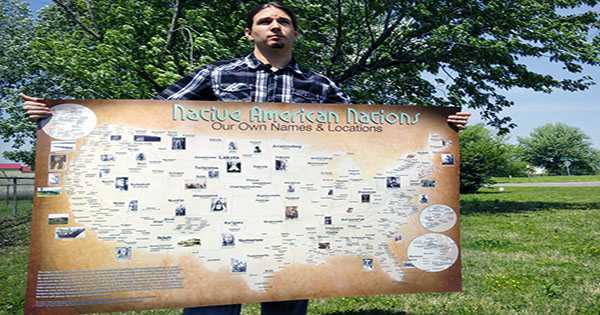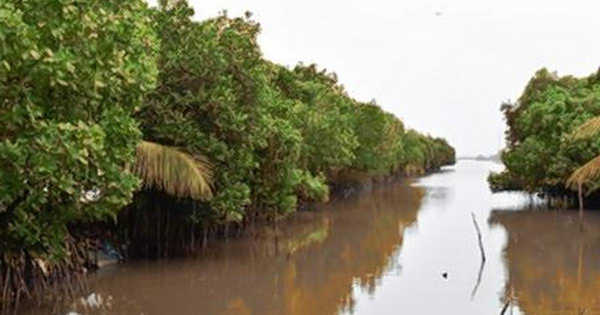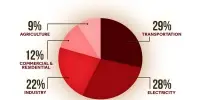Trophic cascades are the indirect effects that occur in an ecosystem when the quantity or behavior of a species changes at one trophic level, influencing the number and behavior of species at subsequent trophic levels. When a trophic level in a food web is suppressed, these are significant indirect interactions that can govern entire ecosystems.
The trophic cascade is an ecological idea that has sparked fresh research in a variety of fields. It can be useful, for example, in understanding the consequences of removing top predators from food webs, as humans have done in many locations through hunting and fishing. If predators are effective enough in predation to diminish the abundance or alter the behavior of their prey, the next lower trophic level (or herbivory if the intermediary trophic level is a herbivore) will be free of predation.
A top-down cascade is a trophic cascade in which the top consumer/predator influences the number of primary consumers. As a result, the primary producer population flourishes. The elimination of the apex predator can change the dynamics of the food chain. The principal consumers would overpopulate and exploit the primary producers in this instance. There would eventually be insufficient primary producers to support the consumer population.
The stability of the top-down food web is dependent on competition and predation at higher trophic levels. Invasive species can also disrupt this chain by removing or replacing top predators. This interaction does not always have to be bad. According to studies, several invasive species have begun to shift cascades, and as a result, environmental deterioration has been corrected.
Trophic cascades often start with a change in the top predator population within an ecosystem. The classic example involves predators at the highest trophic level (apex predators) affecting the abundance of herbivores, which in turn influences the abundance of primary producers (plants or algae). This can create a domino effect, influencing multiple trophic levels.
For example:
- Top Predator Increase: If the population of top predators increases, they may consume more herbivores.
- Herbivore Decrease: With fewer herbivores, the abundance of plants or algae may increase because of reduced herbivory.
- Plant/Algae Increase: Increased plant or algal abundance can have various effects, including changes in nutrient cycling, habitat structure, and resource availability.
- Secondary Consumer Response: The changes in primary producers can affect the organisms at the next trophic level, such as the abundance and behavior of secondary consumers.
- Further Ripple Effects: These effects can cascade down through multiple trophic levels, influencing the entire ecosystem.
Trophic cascades are critical in maintaining ecological balance and stability. Understanding these cascades is critical for ecological conservation and management since changes in one area of the food web can have far-reaching repercussions across the entire ecosystem. Trophic cascades can be found in a wide range of ecosystems, including terrestrial, freshwater, and marine environments.
















